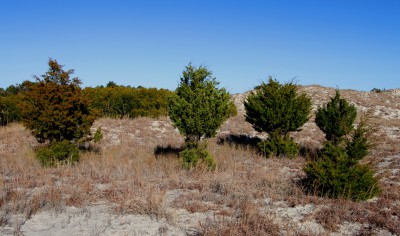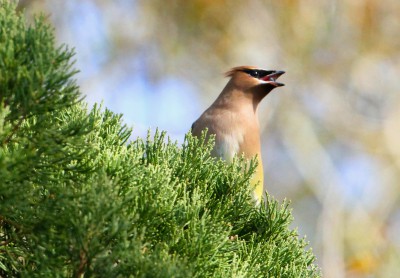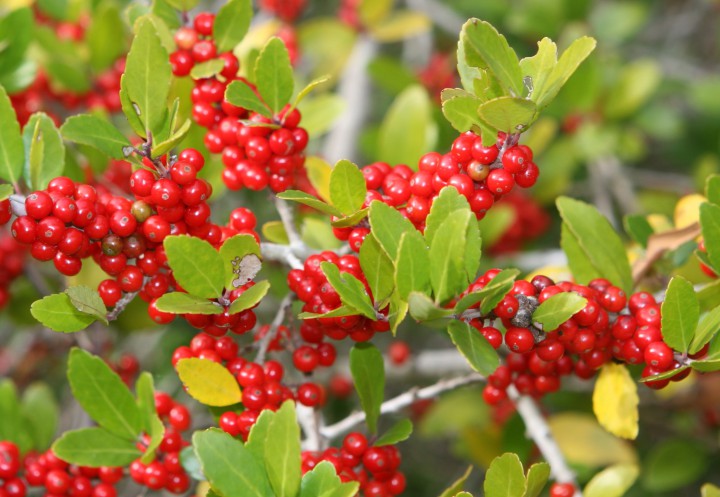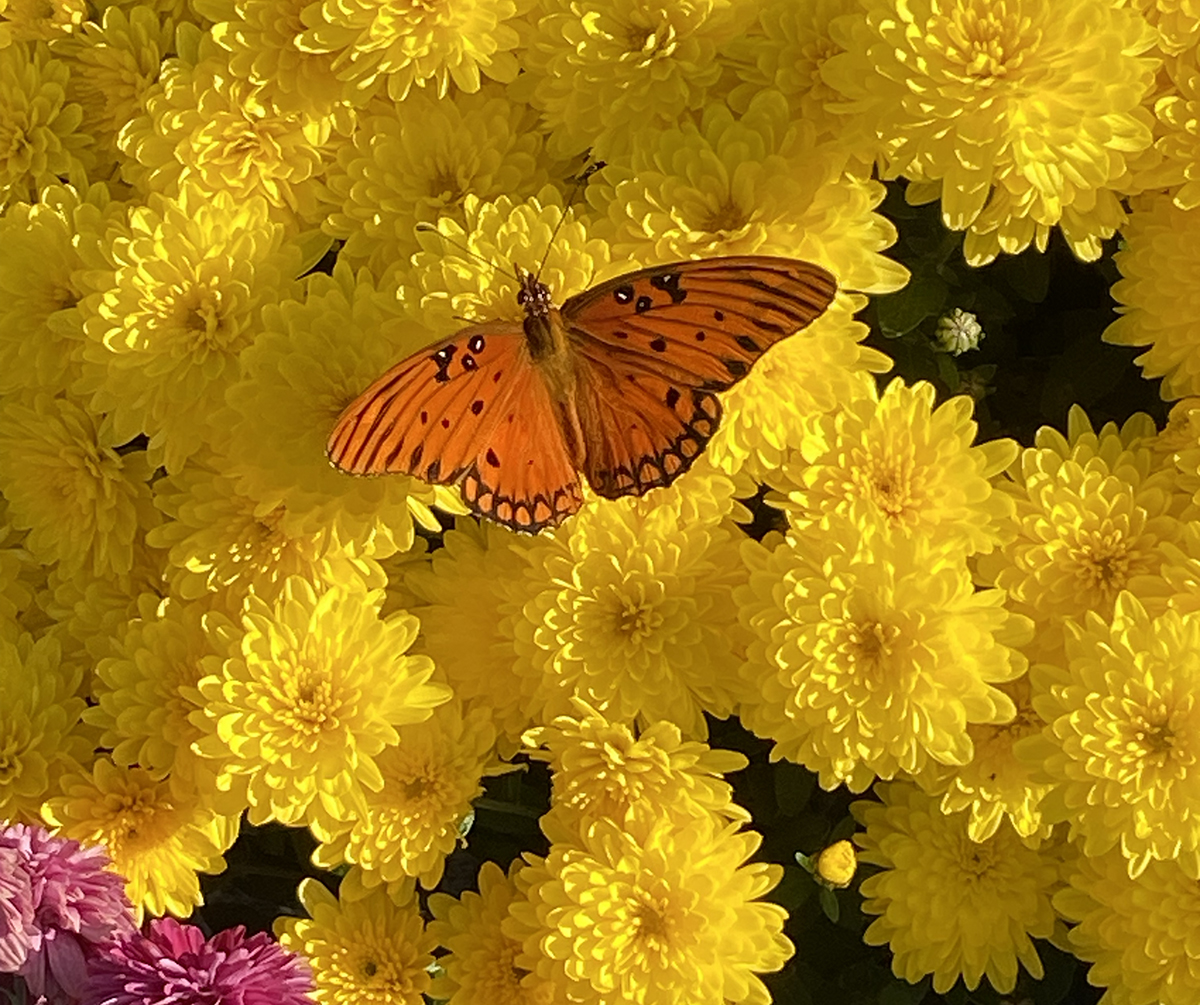
EMERALD ISLE — A week before Christmas, while out on an early morning jog, I came across a large eastern red cedar tree in a residential neighborhood that was beautifully decorated for the holiday. Seeing the tree reminded me of when I was starting out on my own as a young park ranger with Christmas a just a few weeks away. I had settled into the park housing and was quite happy to have my own place, just me and my dog, Max.
After about a week, my boss dropped by and commented that he noticed that I didn’t have any Christmas decorations or a tree for that matter, garnishing the house. I explained that with the meager ranger pay, I could hardly afford to buy a tree. After a bit of thought, he said “just go out into the dunes and cut down one of those scrawny cedar trees”, which he said, would make a great Christmas tree. So off I went, down a sandy trail behind the park house with a rusty hatchet in hand, and Max, steady at my side, in search of an eastern red cedar.
Supporter Spotlight

The eastern red cedar has a bit of an identity problem since it isn’t really a true cedar at all. It is actually a juniper, Juniperus virginiana, the only species of juniper to be referred to as a cedar. This evergreen is a pioneer species that quickly establishes in disturbed open areas allowing it to thrive in the constantly shifting sands of the barrier islands’ dunes. Its seeds are cast about after a trip through the digestive system of a number of bird species including the cedar waxwing. These birds, as their name suggests, prefer the blueberry-like seed cones. Research indicates the seeds have a much greater germination success rate after they have been ejected by these birds.
As I headed off into the dunes, Max protested with a few whimpers. He demonstrated an unusual obedience as he waited patiently for me on the well-worn path. This obedience was not taught by me, but by the sharp sting of the prickly pear cactus. His last trip into the dunes resulted in many of these plants impaling his paws much like the ones that were then clinging to the thick leather of my boots.
Not far from the path was a perfect, triangular-shaped red cedar. Long prized by the early “bankers” for their shape and aroma, these cedars were favored as Christmas trees and have, and still do, adorn many a coastal island home.

I stood and admired this jade-green, six-foot tree, imagining it bringing life into my spartan living room. Then, deep within its boughs, I noticed a tightly woven abandoned bird’s nest on a branch close to the trunk of the tree. Cedars are important bird habitat providing seed cones as food, dense shelter from the weather and a concealed nesting site. Since they are slow growing and long lived, they provide decades of habitat for generations of a variety of bird species.
Their slow growth has earned them the nickname, the graveyard tree. If you plant a red cedar when you are young, then by the time it is big and substantial enough to provide a shady spot, you, according to folklore, will be near death.
Supporter Spotlight
Even before the early Colonists arrived in North America this tree was special to the native Americans. Many native cultures held the red cedar in high regard. For the Cherokee, the wood of cedar trees holds the spirits of their ancestors and is, thus, a sacred tree. This tree was employed by many tribes for a number of uses. Berries, leaves and small branches were used to treat a variety of medical ailments such as bronchitis and arthritis. The wood was burned to cleanse and purify or as incense. It was also used to make bows for hunting and musical instruments such as flutes and drums. Native Americans also used cedar trees to make tall posts that were used to delineate tribal areas and hunting territories. The red, rot-resistant heartwood was used, allowing the post to stand tall as a boundary for many years. When French explorers began invading southern North America they discovered a number of these posts in a particular location in what is now Louisiana and named the area Baton Rouge, French for “red sticks.”
Over the years, the red cedar has been harvested for a number of products: Its processed oil is used in insect repellents and perfumes; the seed cones are used to flavor gin; the heartwood is rendered to make a red dye; the wood is used to make pencils and fence posts; and farmers plant rows of the tree to create an erosion-stopping wind break. Hope chests are built from the insect-repelling red cedar wood to protect valuable clothing or blankets from the damaging moths. This handsome tree with its rich red-colored wood has sustained and provided for beasts and humans alike. It is only held is disregard by those, myself included, that suffer from pollen it spews on the gentlest of breezes during late winter.
I backed away from the red cedar tree on that day long ago and never did chop it down. I guess the bird’s nest and the powdery, waxy blue berries gave me second thoughts. I cut across the dunes taking a short cut back to the path, giving me a head start as I raced Max back to the house. That year, I was content with boughs of yaupon and their brilliant red berries scattered about on window sills to provide me with all the Christmas cheer I needed.








